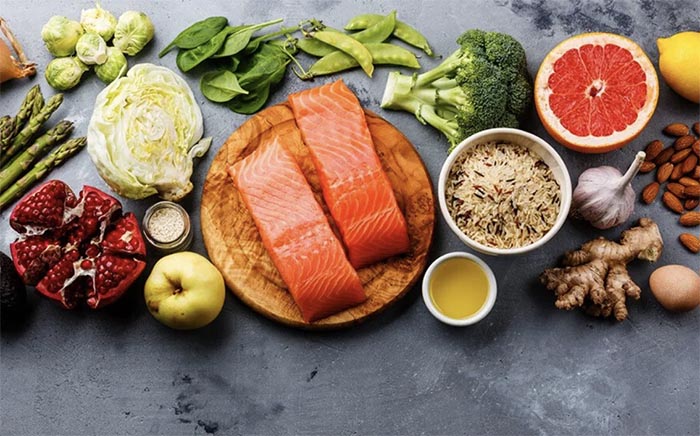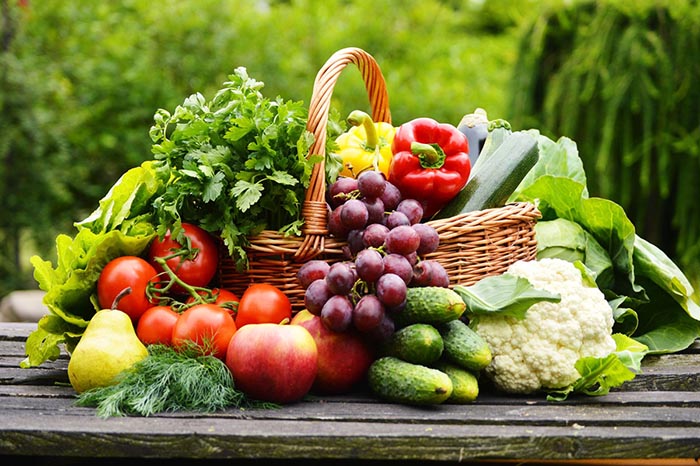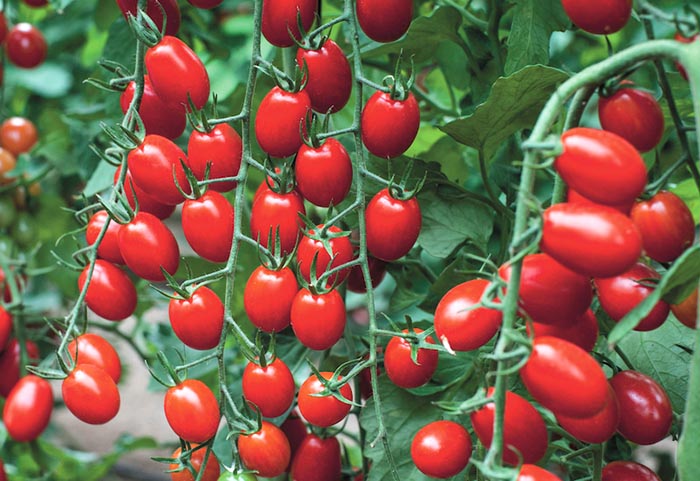Nutrient-dense foods are an essential part of a healthy diet. These foods provide the body with the necessary vitamins and minerals to function properly. Nutrient-dense foods are often whole foods, such as fruits, vegetables, nuts, and seeds.
What is Nutrient-Dense Food?
When it comes to maintaining a healthy diet, it’s essential to focus on nutrient-dense foods. Nutrient-dense foods are those that provide a high amount of nutrients relative to their calorie content. These foods are packed with vitamins, minerals, and other essential nutrients that your body needs to function properly.
Some examples of nutrient-dense foods include:
- Leafy green vegetables like spinach, kale, and collard greens
- Fruits like berries, oranges, and apples
- Whole grains like brown rice, quinoa, and oats
- Lean proteins like chicken, fish, and tofu
- Nuts and seeds like almonds, chia seeds, and pumpkin seeds
These foods are all excellent sources of essential nutrients like fiber, vitamins, and minerals. By incorporating more of these foods into your diet, you can ensure that you’re getting the nutrients your body needs to stay healthy.
On the other hand, foods that are low in nutrients but high in calories are often referred to as “empty calories.” These foods provide little nutritional value and can contribute to weight gain and other health problems. Examples of empty calorie foods include sugary drinks, processed snacks, and fast food.
Importance of Nutrient-Dense Food
When it comes to maintaining good health, the importance of eating nutrient-dense foods cannot be overstated. Nutrient-dense foods are those that provide a high amount of essential nutrients per calorie. These foods are packed with vitamins, minerals, fiber, and other important nutrients that your body needs to function properly.
By choosing nutrient-dense foods, you can help ensure that your body is getting the nutrients it needs to support your overall health and well-being. Eating a diet rich in nutrient-dense foods can help reduce your risk of chronic diseases such as heart disease, diabetes, and cancer.
In addition to reducing your risk of chronic diseases, eating nutrient-dense foods can also help you maintain a healthy weight. These foods are typically lower in calories and higher in fiber, which can help you feel fuller for longer periods of time. This can help you avoid overeating and make it easier to maintain a healthy weight.
Some examples of nutrient-dense foods include:
- Leafy greens such as spinach and kale
- Berries such as blueberries and raspberries
- Nuts and seeds such as almonds and chia seeds
- Whole grains such as quinoa and brown rice
- Lean proteins such as chicken and fish
Nutrient-Dense Foods and Mental Health
Eating nutrient-dense foods can have a significant impact on your mental health. Nutrients such as omega-3 fatty acids, B vitamins, and magnesium are essential for maintaining brain health and reducing the risk of mental health disorders.
Omega-3 fatty acids are found in fatty fish, such as salmon and tuna, as well as in nuts and seeds. These healthy fats help to reduce inflammation in the brain, which can lead to improved mood and cognitive function.
B vitamins, including B6, B9 (folate), and B12, are important for brain function and the production of neurotransmitters, which are essential for regulating mood. Foods rich in B vitamins include leafy green vegetables, whole grains, and lean meats.
Magnesium is a mineral that plays a crucial role in brain function and mood regulation. Low levels of magnesium have been associated with an increased risk of depression and anxiety. Foods rich in magnesium include leafy green vegetables, nuts, and whole grains.
How to Grow Nutrient Dense Food?
1. Choose the Right Soil
The soil is the foundation of your garden, and it is essential to choose the right soil for growing nutrient-dense food. The soil should be rich in organic matter, and it should have a pH between 6.0 and 7.5. You can test the soil pH using a soil testing kit, which is available at most garden centers.
2. Use Compost
Compost is an excellent source of nutrients for plants, and it helps to improve soil health. You can make your compost by collecting kitchen scraps, grass clippings, and leaves. You can also buy compost from a garden center or a compost supplier.
3. Choose the Right Plants
Choosing the right plants is essential for growing nutrient-dense food. You should choose plants that are rich in vitamins, minerals, and antioxidants. Some of the best plants for growing nutrient-dense food include kale, spinach, broccoli, carrots, beets, and tomatoes.
4. Use Organic Fertilizers
Organic fertilizers are an excellent source of nutrients for plants, and they help to improve soil health. You can use compost, bone meal, blood meal, and fish emulsion as organic fertilizers.
5. Practice Crop Rotation
Crop rotation is the practice of planting different crops in the same area each year. This helps to prevent soil-borne diseases and pests and improves soil health. You should rotate your crops every year to ensure that the soil remains healthy and nutrient-rich.
Conclusion
It’s important to remember that no single food or nutrient can provide all of the benefits that your body needs. A balanced diet that includes a variety of nutrient-dense foods is key to maintaining good health.
By making small changes to your diet, such as swapping out processed snacks for whole foods or adding more vegetables to your meals, you can start to see the benefits of a nutrient-dense diet. So start incorporating more nutrient-dense foods into your diet today and reap the rewards of a healthier lifestyle!



